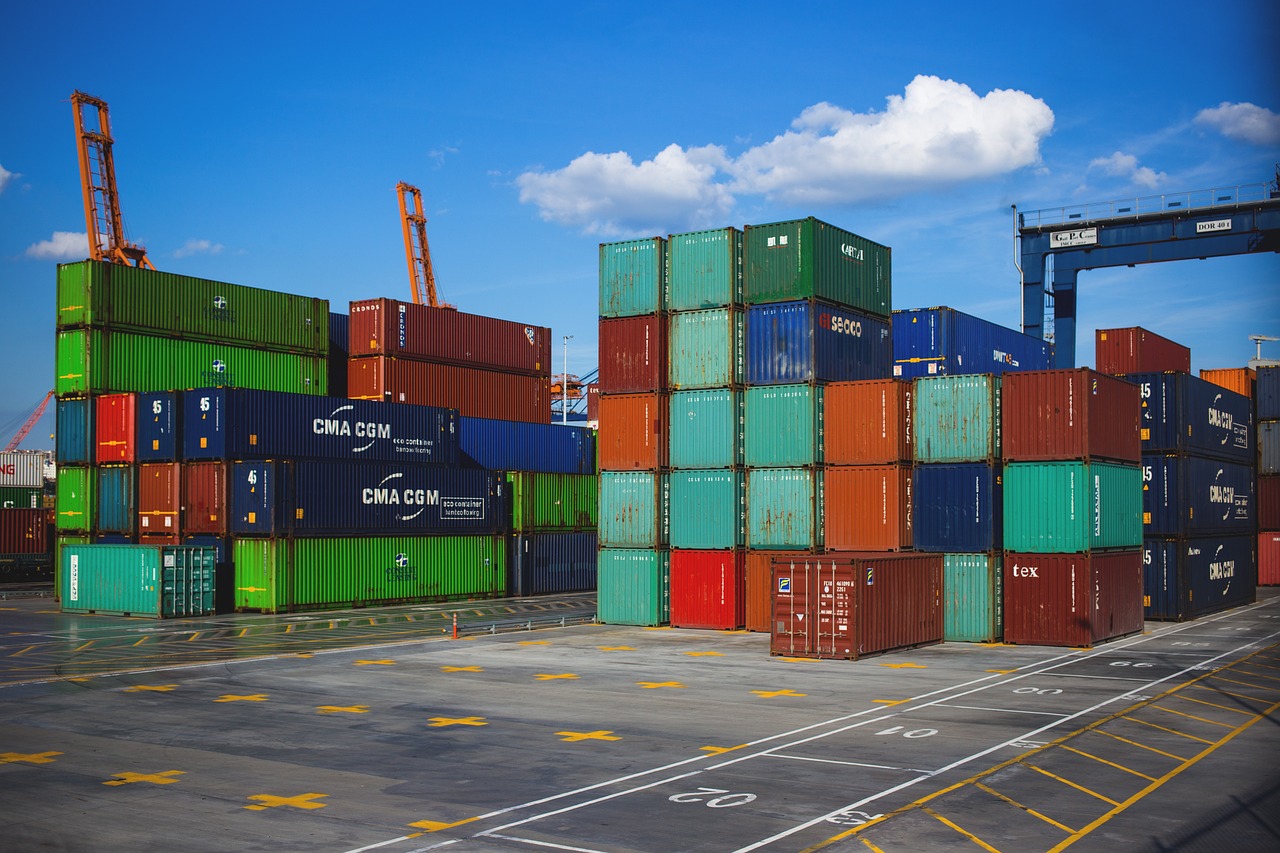
Singapore, a thriving island nation, heavily relies on global trade to meet its needs. With limited natural resources, Singapore looks to countries like India for imports. In 2023, India exported goods worth approximately $88.11 billion to Singapore, including agricultural products, apparel, and precious stones. Picture the bustling markets of Singapore filled with diverse goods from India. If you are considering exporting to Singapore from India, this guide will help you understand the opportunities in this trade relationship. Let’s explore the essentials of exporting to Singapore.
Key Documents Required for Export to Singapore
Importer Exporter Code (IEC):
An Importer Exporter Code is a vital identification number required for businesses engaged in international trade. It facilitates smooth customs clearance and documentation to export to Singapore.
Commercial Invoice cum Packing List:
This document combines the details of the commercial invoice and the packing list. It includes crucial information about the exported goods, such as their value, quantity, and packaging, helping streamline the export process to Singapore.
Pro Forma Invoice:
During the negotiation and pre-shipment stages of exports, a Pro Forma Invoice serves as a preliminary invoice. This document provides a detailed description of the goods and their value, offering clarity during the export process.
Bill of Lading:
A Bill of Lading is a crucial shipping document that outlines the details of the cargo, shipment terms, and ownership transfer. It serves as both a receipt and a contract, essential for smooth transportation and customs clearance in Singapore.
Certificate of Origin:
This certificate verifies the origin of the exported goods, which is essential for availing preferential tariffs and ensuring compliance with Singapore’s trade regulations.
Certificates of Inspection:
For certain goods, inspection certificates confirm that the products meet specific quality and safety standards. This is particularly relevant for specific product categories exported to Singapore.
Other Product-Specific Documents:
Depending on the nature of the exported goods, additional product-related documents such as licenses, permits, or certifications may be required to ensure compliance with Singaporean regulations.
Top Products to Export from India to Singapore
Petroleum and Petroleum Products:
India is a key exporter of petroleum to Singapore, playing a vital role in the oil and gas sector. Picture the seamless flow of refined petroleum, oils, and bitumen that fuels this crucial trade relationship.
Pharmaceutical Products:
India’s expertise in pharmaceuticals drives exports of medicines, generics, and healthcare solutions to Singapore. Envision a future where health and innovation converge through this robust partnership.
Gems and Jewelry:
India’s rich history of intricate jewelry crafts is reflected in the export of gold, diamonds, and gems to Singapore. Imagine a trade where high-quality craftsmanship meets affordability in the realm of precious creations.
Leather Goods:
India’s expertise in leather production captivates Singapore with a wide array of goods—bags, wallets, footwear, and garments. Visualize a market where fine craftsmanship and eco-friendly practices redefine leather elegance.
Home Furnishings and Handicrafts:
India’s cultural heritage is exported to Singapore through handcrafted furniture, textiles, ceramics, and sustainable decor. Picture Singaporean homes adorned with the beauty of Indian handicrafts.
Ayurveda Products:
India pioneers in herbal and Ayurvedic products, exporting medicines, skincare, and wellness items to Singapore. Imagine a wellness haven where tradition meets authenticity in healthcare solutions.
Agricultural Products:
India’s fertile lands supply Singapore with rice, fruits, spices, and more. Envision Singaporeans savoring the richness of Indian agricultural products, creating a fusion of flavors.
Textiles:
India, a global textile hub, exports saris, shawls, and ethnic wear to Singapore, redefining style. Picture Singaporeans embracing the diversity of Indian textiles, enriching their wardrobes.
Auto Parts:
India, a leader in automobile parts manufacturing, exports quality components to Singapore—engines, transmissions, and electronic systems. Imagine Singapore’s streets powered by the reliability of Indian automotive excellence.
Key Considerations for Exporting via E-Commerce Platforms
Market Demand Analysis:
- Identify Trends: Research popular products on e-commerce platforms to understand Singapore’s market demands.
- Sensory Appeal: Focus on products with sensory appeal that align with Singaporean consumer preferences.
Logistics and Shipping:
- Shipping Networks: Evaluate shipping infrastructure and delivery routes to ensure efficient logistics.
- Customer Experience: Provide a seamless shipping experience with reliable and timely deliveries.
Cultural Sensitivity:
- Cultural Representation: Use culturally relevant visuals in product listings to resonate with Singaporean customers.
- Product Appeal: Consider taste, fragrance, and aesthetics that are appreciated in Singapore.
Regulatory Compliance:
- Compliance Check: Ensure product listings comply with Singaporean regulations and adhere to import restrictions.
- Safety Standards: Prioritize products that meet safety standards, offering consumers a sense of security.
Payment and Currency Considerations:
- Payment Gateways: Choose platforms that support popular Singaporean payment methods.
- Currency Options: Offer currency options to ensure a smooth transaction process for customers.
Customer Reviews and Feedback:
- Customer Satisfaction: Analyze product reviews to gauge customer satisfaction and identify areas for improvement.
- Positive Feedback: Prioritize products with strong customer reviews to enhance the overall experience.
Competitor Analysis:
- Competitor Landscape: Study competitors’ product presentations on e-commerce platforms to gain insights.
- Product Differentiation: Offer unique features to stand out in a competitive marketplace.
Responsive Customer Service:
- Clear Communication: Provide clear visuals and easy-to-understand support for customer inquiries.
- Prompt Response: Address customer concerns quickly and effectively.
Technology Integration:
- Tech Compatibility: Ensure products are compatible with Singapore’s technological preferences.
- User-Friendly: Incorporate user-friendly technologies to enhance the customer experience.
Summary
Visualize your products reaching Singaporean consumers while respecting their preferences and cultural nuances. As you embark on this venture, consider leveraging global e-commerce platforms like Amazon’s Global Selling program. This platform offers a user-friendly interface and access to a vast audience. Your journey into the Singaporean market is not just about transactions; it’s about exploring new opportunities and building connections between the diverse landscapes of India and Singapore.
Interesting Related Article: “Top 11 Singapore Market Trends in Charts“
